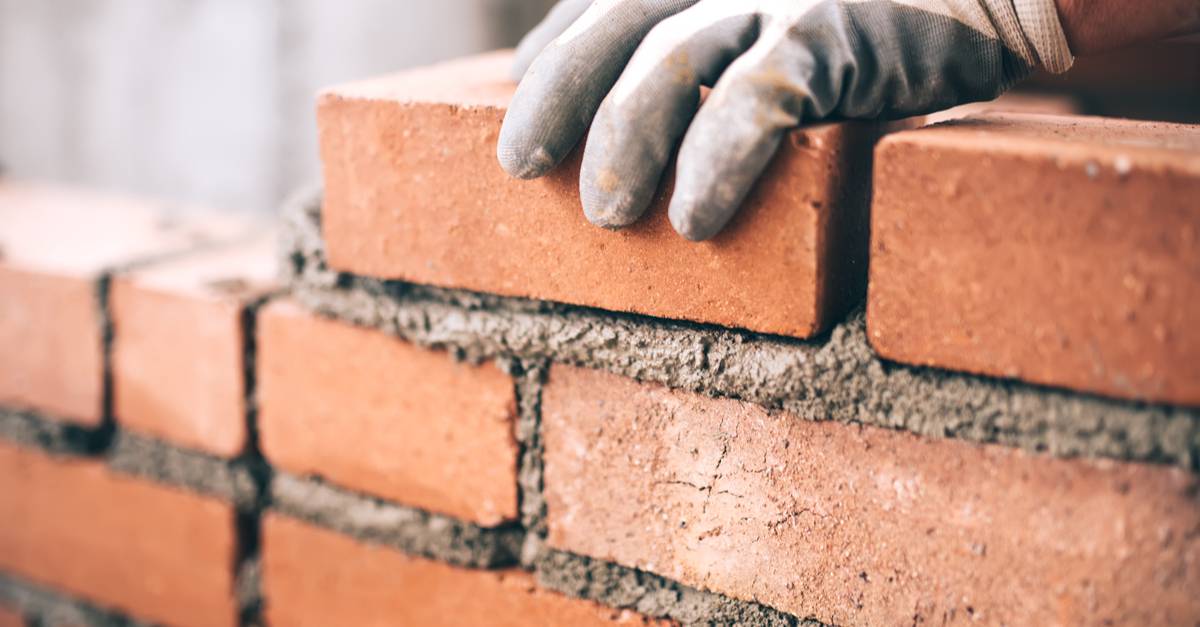
As a general contractor, you have to be selective when it comes to the subcontractors you work with. You want to choose companies that have a dependable skilled workforce, strong management, financial stability, and can perform quality work to your company’s standards. To do this, you need to have an established subcontractor prequalification process in place.
As with any business decision, picking subcontractors to work with requires you to do your due diligence. You should be prequalifying every subcontractor you’re considering working with to reduce risks that could impact your business, such as subcontractor default or substandard work.
Maybe you have a stable of subcontractors you routinely do business with, but what happens when you decide to take on a project in another state or all of your regular subcontractors are unavailable? At some point, you are going to work with a subcontractor that you have little to no experience working with. Prequalifying subcontractors before you solicit pricing or subcontractor bids can lead to mutually beneficial partnerships for years to come.
Here is some of the key information you need to obtain on your subcontractor prequalification forms:
General Information
You want to get some basic information such as company ownership, current management, number of employees, and the states in which they have contractor licenses. You also want to find out about the size and scope of the projects they typically work on and whether they are certified as a Minority Business Enterprise.
Safety Records
At the very least, you need to get their OSHA 300 information and whether the subcontractor has had any citations issued and their Experience Modification Rate for the previous three years. You can also inquire about their training program and whether or not they hold regular safety meetings.
Surety & Bonding Capacity
Find out the subcontractor’s current surety provider, agent’s name, and contact information. Be sure to ask about their bond rates for specific volumes along with their single project bonding capacity and their aggregate bonding capacity.
Financial Standing
Determine if the subcontractor has ever filed for bankruptcy and ask for their Dun & Bradstreet number if they have one. You can also ask them to provide other financial information such as current year revenues, total and current assets, net equity, current liabilities, and average monthly billings.
Litigation History
The first thing to determine is whether the subcontractor company, or any of the owners, has any active litigation. Find out if the subcontractor has had any labor law violations, had their license suspended or revoked, and if they’ve had any judgments filed against the company. You should also ask about any contract defaults and whether they’ve ever been terminated from a contract.
Ask for References
Ask your potential subcontractors to provide three to four reference contacts that can attest to both the quality and dependability of their company and employees and can also verify the company’s creditworthiness.
Final Thoughts on Prequalifying Subcontractors
General contractors should make their subcontractor prequalification process easily accessible. Create an online prequalification form that can be easily found on your company’s website. Have a link to the form prominently featured on the page where you have your subcontractor opportunities or currently bidding projects listed.
If you are a subcontractor looking for more opportunities, you should contact general contractors in your area and ask to get prequalified with their company. You don’t have to wait until they have a job that meets your company’s capabilities. Be proactive and get prequalified first. This way, you’ll get contacted by the general contractor first when they have an upcoming project requiring services your company provides.
Looking to find more subcontractors for your next project? With ConstructConnect Bid Management, you can find the right subcontractors for your next project and ensure bid coverage for a successful bid day.


Responses